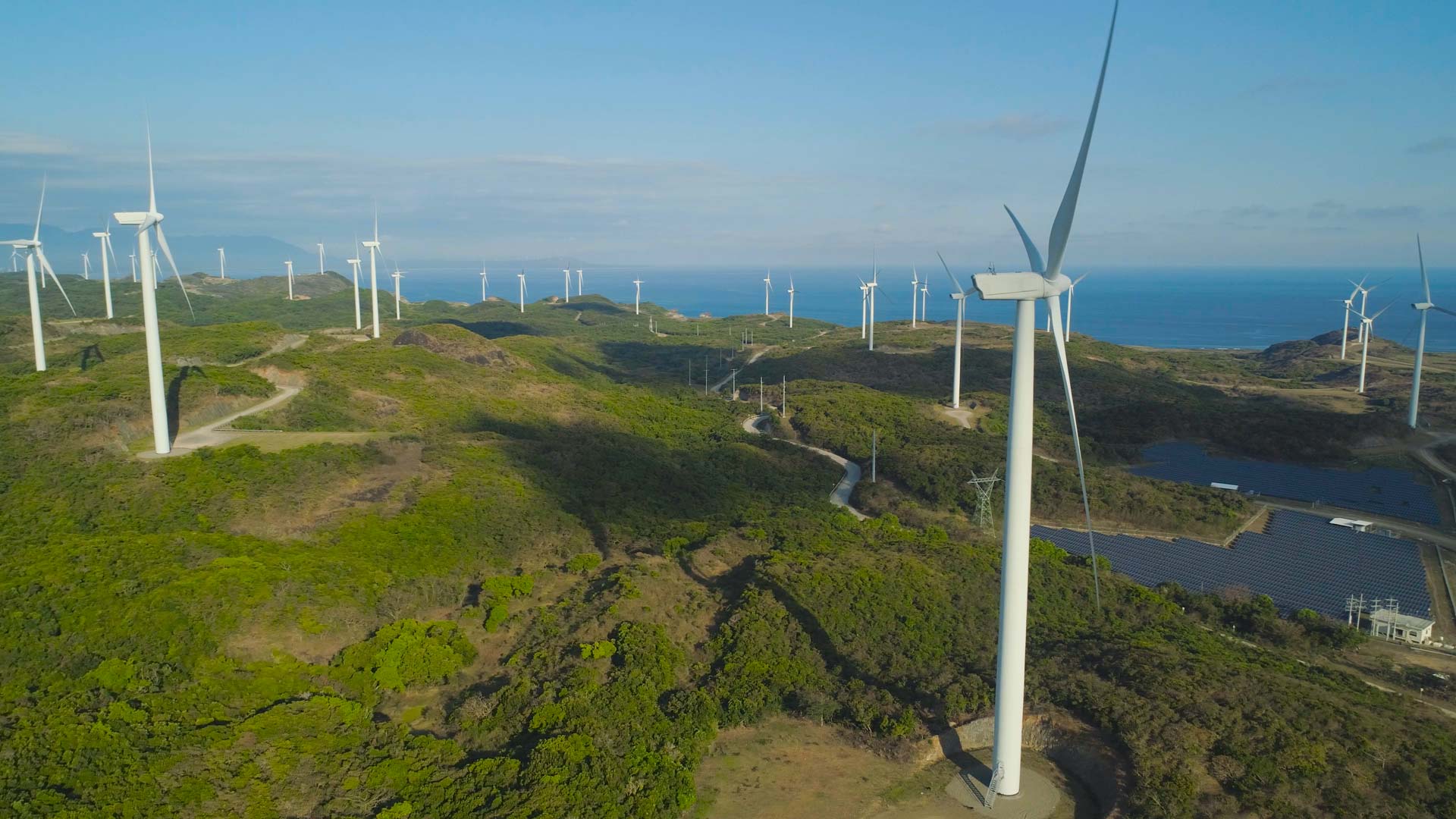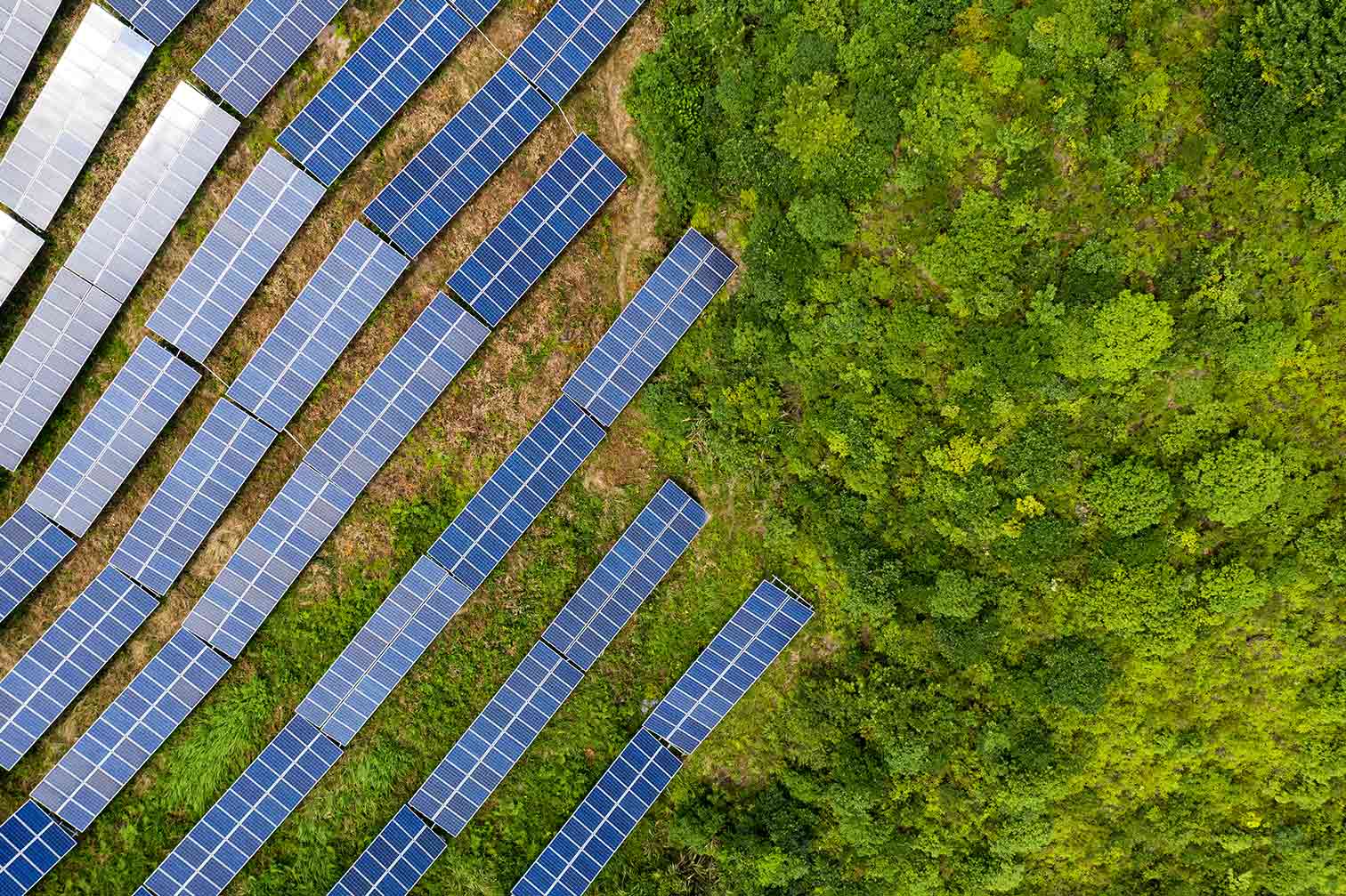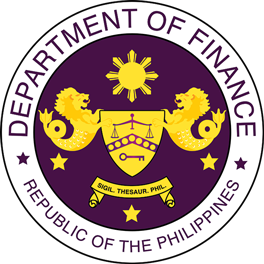
Philippines Goes Green
As the global threat of climate change poses a significant challenge to the Philippines, investments in green infrastructure are key to building the country’s resilience.
A Clarion Call
Located along the Pacific Ring of Fire and the Pacific Typhoon Belt, the Philippines is a coastal archipelago of some 7,640 islands and nearly 110 million people. With over 60% of the country’s population, 10 of its largest cities, and more than half of all municipalities based on or near the coast, climate change poses a significant threat nationwide.
The Philippine Atmospheric, Geophysical, and Astronomical Services Administration (PAGASA) estimates that the country’s average mean temperature could rise by 3 degrees Celsius by 2050 if nothing is done. Crop yields are expected to decline up to 21% by 2050 due to climate change, threatening the livelihoods of over one-third of the population employed in agriculture, which also generates 14% of the country’s gross domestic product.
The 2020 World Risk Report ranked the Philippines the 9th most vulnerable to disasters and climate-related risks among 180 countries. It faces an average of 20 tropical cyclones every year. In 2020, the country endured 23 tropical storms and 10 typhoons, the first of which, Typhoon Vongfong, caused an estimated $30.8 million of damage to agriculture alone. Rehabilitation efforts coincided with the Covid-19 outbreak, and budgetary resources were stretched as the country grappled with Vongfong’s devastation alongside rising infections.
The entire country is highly vulnerable to the impacts of climate change, but among the most vulnerable are the remote coastal communities heavily dependent on fishing and other natural resources for their livelihoods.
Dr. Richard Nami Muallil, Professor of marine science, Mindanao State University
Some in these coastal communities have already lost their land to beach erosion due to sea encroachment in past decades, while others have lost their livelihoods to widespread coral bleaching caused by rising sea temperatures. “One-third of coral in the Philippines has been lost over the past decade,” says Muallil.
The impact of the climate crisis will be especially damaging in the southern island of Mindanao, one of the poorest regions in the archipelago with a population of over 26 million, many of whom are Muslim, and a hot spot for the Moro insurgency. Extreme weather events are relatively recent in Mindanao; hence its population is less prepared for climate disasters.
“About 60% of the population in Mindanao live below the poverty line,” says Muallil. “Six of the poorest provinces in the Philippines are in Mindanao, including the four provinces in the Autonomous Region in Muslim Mindanao where more than half of households live in poverty.”
Green Goals and Challenges
Although the Philippines accounts for only 0.3% of global carbon emissions, the government has pledged greenhouse gas emission reductions and avoidance of 75%. This represents the country’s 2020–2030 ambition of greenhouse gas mitigation for the agriculture, waste, industry, transport, and energy sectors.
At the 2021 Leaders’ Summit on Climate, Philippine Chair-designate of the Climate Change Commission and Secretary of Finance Carlos G. Dominguez acknowledged that the ambitious target was set “to challenge both ourselves as well as the rest of the world. It underscores the urgency with which we view this greatest challenge facing the earth today.”

In setting its goals in motion, the Philippines is shifting investments to clean energy resources and green technologies. It has declared a moratorium on endorsements for greenfield coal power plants and liberalized foreign investment in the geothermal sector.
The country is expected to incur $3.6 billion in annual losses, both public and private, due to typhoons and earthquakes in the next few years. An estimated $4.12 billion in funding is required between 2015 to 2030 to mitigate the impact of climate change on the energy, industry, forestry, and transport sectors.
A special challenge is posed by local government units (LGUs) and the country’s decentralized governance system. An estimated $85 billion is required to fund preliminary LGU adaptation requirements. Raising awareness of climate change and the need for remedial measures is crucial and is the sort of investment best handled by multilateral development banks, or other sources of low-interest or grant funding.
Laying the Foundation
A combination of government guidance and private participation is required to facilitate the growth of green finance in the Philippines. The government’s Sustainable Finance Roadmap will lead the way; ground initiatives include a moratorium on new coal power plants, promotion of renewable energy sources, energy storage projects, and a shift in new investments to clean energy resources and green technology.
Bangko Sentral ng Pilipinas (BSP), the country’s central bank, has launched the Sustainable Central Banking (SCB) program to encourage local banks to raise green bonds and to finance green corporate and small and medium enterprise lending.
The Philippines also leads ASEAN’s green finance initiatives in green infrastructure investments, green equity instruments, credit guarantees, and guarantee funds. In addition, the country has allocated specialty funds for green infrastructure and renewable energy. There are currently more than 70 projects in low-carbon transport, renewable energy, sustainable water, and sustainable waste management in the pipeline.
Through the Philippine Crop Insurance Corporation, the government is also expanding assets and crops to give farmers adequate protection against losses and reinforce risk mitigation and resilience efforts. The Department of Finance is also pushing for the passage of a bill banning single-use plastics to end marine pollution.
“Filipinos are aware of the environmental threats they face [and] this has led to an increase of awareness toward plastic management,” says Mark Sultan Gersava, founder, Bambuhay, a social enterprise that develops eco-friendly products such as drinking straws, mugs, and toothbrushes made from bamboo, rice, and wheat crops. “We started with a small community and to date, we have almost 1.4 million users (on bamboo containers) around the world,” Gersava continues.
Civil society, specifically social enterprises, have a big role in tackling climate change-related threats in partnership with the government. Tackling climate change-related threats should be a responsibility of every sector in the community through collaboration.
Mark Sultan Gersava, founder, Bambuhay
Paving it Green
The first green bond in Southeast Asia was issued in 2016 by AP Renewables, a Philippine corporation specializing in geothermal energy. AC Energy, a subsidiary of the Philippines’ Ayala Corporation, currently has four green bonds totaling $530 million, with proceeds mostly allocated to renewable energy projects. The Philippines’ cumulative Green, Social, and Sustainability (GSS) bonds reached $4.9 billion by end-2020, ranking the nation third in Southeast Asia.
In 2019, the Securities Exchange Philippines issued Sustainability Reporting Guidelines for publicly listed firms. Meanwhile, the Philippine Stock Exchange affirmed its commitment to sustainability by joining the UN’s Sustainable Stock Exchange, and is now looking into setting up an Environmental, Social, and Governance (ESG) index.
The Philippines is well on its way to laying the groundwork for the expansion of an ESG financial policy, but given its unique challenges, international participation is still required.
Nestlé Philippines’ public commitments to sustainability include initiatives to reduce plastic waste and help coffee growers improve crop yields and incomes using sustainable methods. “To reduce plastic waste in the ocean, Nestlé is collecting and co-processing the equivalent amount of plastics that we put out into the market,” says Ms. Arlene Tan-Bantoto, Senior Vice President, Head of Corporate Affairs, Communication, and Sustainability, Nestlé Philippines, Inc. “In over a year, we collected over 27,000 metric tons of plastic waste.” To encourage the right behavior towards plastic waste, the company, through the Nestlé Wellness Campus is teaching over 10 million school children proper solid waste management. The modules have been developed by the company and endorsed by the National Solid Waste Management Commission, complementing nutrition, health, and wellness education. Nestlé Philippines is also developing solid waste management learning materials for parents and teens.

Through its Nescafé Plan, Nestlé aims to improve the livelihoods of coffee growers in insurgency-afflicted Mindanao, where it sources most of its beans for its Philippine operations. On average, experts train some 8,000 growers each year in good agriculture practices to help improve yields, business skills, and climate resiliency, along with ways to boost incomes by growing different crops and trees alongside coffee. Nestlé together with the Technical Education and Skills Development Authority in Northern Mindanao trains former insurgents, women, youth and indigenous peoples.
One of the causes of insurgency is poverty. Our program and proof of concept have shown that with proper capacity building, our farmers can have better yield, higher income, and better quality of life, uplifting them out of poverty.
Ms. Arlene Tan-Bantoto, Senior Vice President, Head of Corporate Affairs, Communication, and Sustainability, Nestlé Philippines, Inc

The Way Forward
The Philippines has resolved to leverage scientific knowledge and on-ground expertise to devise and implement practical and achievable solutions to make local communities resilient and reverse the damage from climate change. Secretary Dominguez recently unveiled a revamped National Panel of Technical Experts of the Climate Change Commission comprising 16 Filipino experts who will engage local communities in mitigation and adaptation.
“We are now in the business of implementing concrete projects and programs to build the resilience of our communities, reverse the degradation, and protect our vital food sources,” he said at the event. “What is global must now be addressed at the local level. What was theoretical now demands practical applications on the ground.”
The Philippines’ national vision is to remain resilient in the face of the global climate crisis, and it understands that building back after each disaster is not a scalable strategy. Hence, it has demanded climate justice and mitigation go hand-in-hand, with nations that contribute the most to global warming bearing the greater burden of countering its effects and the most vulnerable ones receiving urgent financing support.
At the same time, on the national level, championing the fight for environmental protection on the individual and governmental fronts will be key. The government will need to invest in infrastructure to preserve livelihoods and reduce disruption in the daily lives of Filipinos.
All of us play an indispensable role in this battle against the climate crisis. Behavioral change, as one of the solutions to the climate emergency, must come first within ourselves and in our homes.
Carlos G. Dominguez, Chair-designate of the Climate Change Commission and Secretary of Finance














